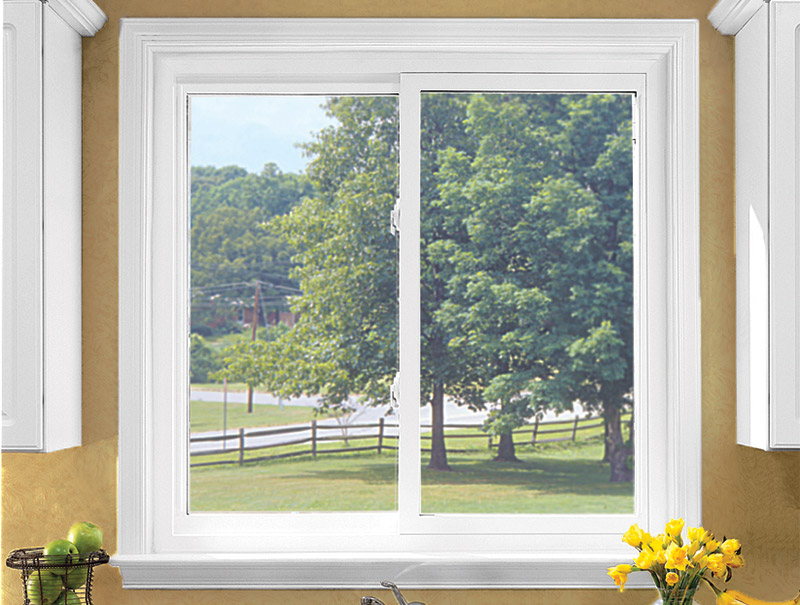What Should I Look For In Window Ratings?
Whether you are upgrading an existing home or constructing a new one, you cannot avoid installing windows and doors in it. However, it can be quite challenging to find exceptional and durable windows that can serve your home efficiently. Fortunately, window ratings can make the job easier for you as they will show some important qualities of the window you want to buy.
Nevertheless, what are the things you need to look for in window ratings? Here are the parameters you should look for in window ratings:
U-Factor
U-factor refers to the measurement of the ability of a window to prevent heat from escaping. In general, U-factor ranges from 0.20 to 1.20. The lower the value of the U-factor of a window, the higher its ability to keep heat from getting out. Therefore, if you are trying to buy windows and doors, you should look for windows with a low U-factor.
Solar Heat Gain Coefficient (SHGC)
SHGC is the measure of the ability of a window to withstand heat gain from the sun. This specific rating varies from 0 to 1. It should be noted that the lower the value of the Solar Heat Gain Coefficient of a window, the higher its ability to resist solar heat gain.
Given this, a window with a lower SHGC value is better than another with a higher SHGC value.
Air Leakage
This parameter is for measuring the amount of air that can get into a room via a window. Air Leakage measures the number of cubic feet of air that goes through a square foot of the window area every minute. The lower the value of Air Leakage, the lower the amount of air that a window can allow to get into a room.
However, you must note that this value depends on the installation of a window. Even if the window is high-quality, poor installation can lower its Air Leakage value.
Visible Transmittance (VT)
Visible Transmittance determines the level of daylight that can enter a room through a window. The VT value ranges from 0 to 1. Windows with a higher VT value will enable more light to enter than a window with a lower VT value. Therefore, if you would like to allow lots of natural light to get into a room, you must consider the value of Visible Transmittance.
Condensation Resistance
This factor is for measuring how much condensation can easily accumulate on a window. The value ranges from 1 to 100. The higher the Condensation Resistance value of a window, the more it will be able to resist condensation. So, you need to go for windows and doors with high Condensation Resistance. Such windows will be able to resist discoloration, mold, mildew, etc.
Sound Transmittance
Sound Transmittance refers to the ability of a window to reduce outside noise. The higher the Sound Transmittance value of a window, the better its ability to reduce sound.
When next you are looking for windows and doors for your home, look for the aforementioned ratings.


Comments are closed.